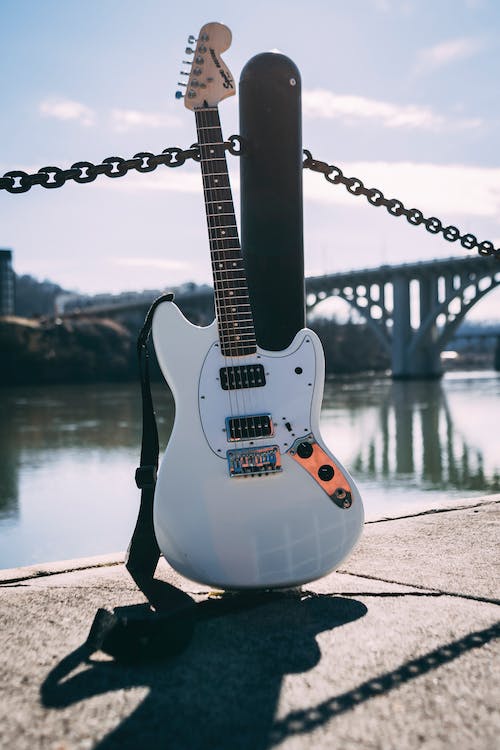The Cuatro is a Latin American stringed instrument that has its origin in Europe. However, it is usually played in Venezuela, Puerto Rico, and other Latin American countries. The history of the Cuatro starts many centuries ago with the expansion of the popularity of the Spanish Guitar. The latter instrument is a four stringed-guitar that traveled to South America and was transformed into several various instruments that are now part of Latin American folk music. Aside from the Spanish Guitar, there are also several four stringed-instruments throughout history in some parts of Europe, Africa, and Egypt. For instance, Brazil has their instrument called Cavaquinho, which originated from the Portuguese Cavaco.
The arrival of the Cuatro instrument to South America has something to do with the Spanish conquer, which brought their musical instruments to the region. One of these instruments was the Spanish Guitar, which was transformed into a six-stringed guitar in Europe. Meanwhile, in America, it remained its original four strings. Its history doesn’t fail to amaze the musicians, as well as the historians, since the instrument has its particular evolution that is a bit different from its other relative instruments in different parts of America, like Cavaquinho and Brazil.
The Cuatro, also known as Venezuelan Cuatro or Cuatro Llanero, is used in several countries like Venezuela, Trinidad and Tobago, Colombia, and other Caribbean Islands, such as Aruba. Once that the Cuatro arrived in Venezuela, the Cuatro guitar had started to be used in composing folk music in most of the cities. In fact, by the 1705s, letters that mentioned the Cuatro existed in countries like Barinas. Nowadays, Colombia still uses the Cuatro for its Joropo music in regions such as Yopal, Arauca, Mani, Guanare, and Villavicencio, among others.
Although it is more popular in its country of origin, the intoxicating and brilliant sound has spread in some parts of the world. Because of the many Cuatro players in Columbia, it became the second country with the most Cuatro players in the world. Second to Colombia is the United States since several Venezuelan ex-pats have brought them the sound of this instrument.
Venezuelan Cuatro has four single nylon strings that are tuned in A3, D4, F#4, and B3. This Cuatro is quite similar to the shape and tuning of a ukulele. However, its characteristics and playing technique are vastly different. In tuning, the Venezuelan Cuatro is tuned similarly to the ukulele’s D tuning, although the B is an octave lower. With this, the same fingering style can also be used in shaping the chords, but it produces a different inversion for each chord. There are other variations of this instrument, and some have five or six strings.

Modern Cuatros come in different shapes, sizes, and the number of strings. As well as that, Cuatros can also have double to triple-coursed strings like the mandolin or have single-strings much like a guitar. The Cuatro’s particular strings can be an indicator of whether they belong to the family of mandolin, lute, or Guitar. Meanwhile, in Puerto Rico, their Cuatro is shaped like a viola than a guitar. Also, this Puerto Rican Cuatro has ten strings in five courses and is tuned in fourths from low to high.
Several sizes of the instrument also exist, and this includes the Cuatro tenor, Cuatro alto, Cuatro soprano, Cuatro Bajo, and the Cuatro tradicional. All of these have ten strings and are also tuned in fourths. Additionally, there is also what they called thee Cuatro Lirico or the lyrical Cuatro, which is identical to the size of a tenor but has a deep jelly-bean like shape. Meanwhile, the Cuatro sonero has fifteen strings in five courses of three strings each. There is also the Seis with a total of twelve strings in six courses.The Seis is quite similar to the Cuatro tradicional, but this has an additional two-string course that is in a lower course.

